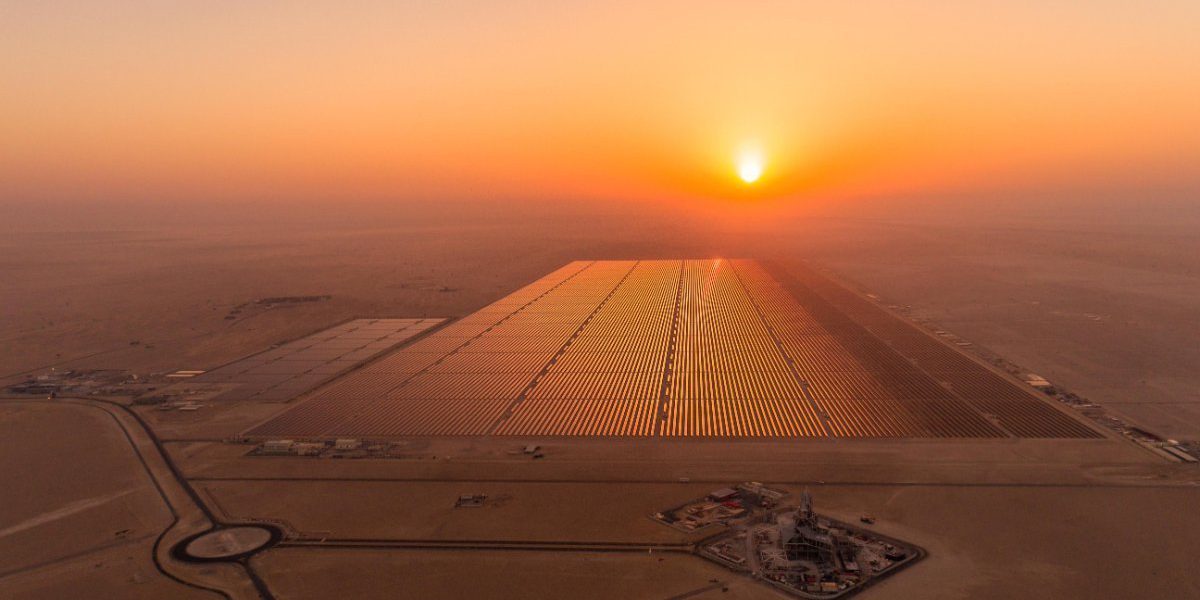BEIJING–The World Bank said Monday that East Asia could stabilise its greenhouse gas emissions by 2025 while maintaining economic growth by investing in energy efficiency and low-carbon technologies.
Achieving the target would require the region’s biggest energy guzzlers to invest an extra 80 billion dollars a year to make power, industry and transport sectors more efficient and develop renewable energy, the World Bank said.
Success also depends on the region finding the political will for big changes as well as transfers of financing and technologies from developed countries, the Washington-based lender said in a regional energy report.
“Major investments in energy efficiency and a concerted switch to renewable sources of power… could simultaneously stabilise greenhouse gas emissions, increase energy security while improving local environments,” the report said.
But the World Bank warned time was running out and urged policymakers in energy-hungry China, Indonesia, Malaysia, the Philippines, Thailand and Vietnam to act quickly.
“While many East Asian countries are taking steps in these directions, accelerating the speed and scaling up the efforts are needed to get on to a sustainable energy path,” it said.
“The window of opportunity is closing fast, because delaying action would lock the region into a long-lasting high-carbon infrastructure.”
If countries act, regional carbon emissions could stabilise by 2025 and begin to decline slightly, said the bank, which provides financial and technical aid to developing nations.
Achieving the target depends largely on China, which accounts for 80 percent of energy consumption and 85 percent of regional carbon emissions, it said.
The world’s third-largest economy will need to reduce its carbon emissions as a percentage of economic growth by an even greater margin than currently planned, the bank said.
It called that a “daunting goal,” given that China is still a developing country relying on energy-intensive, heavy-polluting industries.
It also noted that major policy and institutional reforms as well as big lifestyle changes would be needed throughout the region to achieve the goal.
EnvironmentScience




